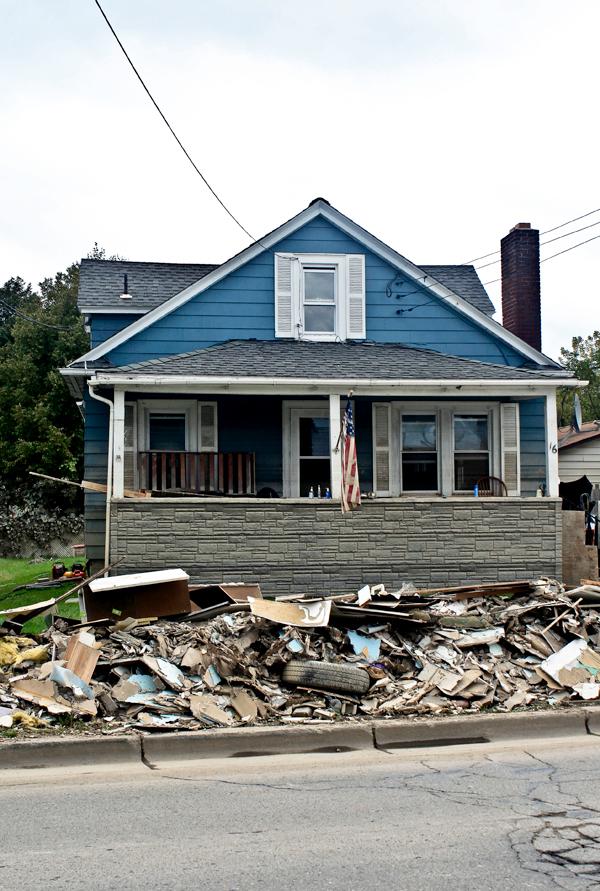
After flooding caused by Hurricane Irene and Tropical Storm Lee ravaged many parts of the Northeast, including New York’s Southern Tier, this September, the administration of SUNY is calling on the entire SUNY community to provide help to students and their families who were affected by the disaster.
On Tuesday, Sept. 20, the SUNY Board of Trustees passed a resolution enabling SUNY Chancellor Nancy Zimpher to create the “SUNY Helps Fund.” According to a SUNY press release issued that day, the university system will use donations made to the Fund to provide tuition assistance to students affected by the storms.
“Several of our students lost everything to the hurricane,” said David Belsky, press officer and director of new media for SUNY. “Together … we’re trying to do our best to help out our students … it’s one of the great things about being part of the SUNY system. Sixty-four campuses can come together.”
Allison Alden, director of Binghamton University’s Center for Civic Engagement (CCE), said she believes SUNY Helps will play an important role in the flood recovery.
“There are many, many displaced students who lost everything, no renters insurance, no belongings,” Alden said.
Alden called the BU student community’s response to the flood “remarkable.”
“It was far beyond what I expected and it hasn’t stopped just because the flood waters have receded,” Alden said. “They continue to come in, they continue to ask what they can do.”
Alden highlighted as an example the efforts of Julia Lucia, an undeclared sophomore, who started a clothing drive for flood victims called “Share What You Wear.”
Lucia created a Facebook page to spread the word about her drive and partnered with the CCE, which allowed its office in Old University Union room 145 to serve as a clothing collection site.
“At the end of two weeks, after a total of 44 hours of personal time and 24 hours of my volunteers’ time, we collected over 90 garbage bags of clothing,” Lucia said.
She said she thinks it is “wonderful” that students affected by the flood can look to the SUNY system for assistance, and that she did not doubt that campus communities would contribute to the Fund.
“After considering the immediate response that I received from fellow Binghamton University students to help with my event, I strongly believe that all of the SUNY campuses could successfully come together to truly make a positive impact,” Lucia said.
Belsky said that the SUNY administration is working with the state’s 64 campuses to identify students affected by the storm who will receive the aid generated by SUNY Helps.
Katie Howard, president of the BU Student Association, said she believes it is important for the campus community to think about concerns beyond its own campus.
“Binghamton received a lot of flooding, but other areas were hit even harder,” Howard said. “The SUNY system is extensive and many campus communities were impacted. I think it would be a disservice to SUNY students to not have a fund to help our fellow students who were affected.”
Alden echoed Howard’s call for BU to continue to work toward alleviating hardships for those affected by the flood.
“It’s really important for people to understand that the [Events Center] shelter was just the beginning,” Alden said. “It’s going to take a lot of time still, a lot of energy.”
The SUNY Helps Fund is collecting donations through its website, www.suny.edu/sunyhelps.


